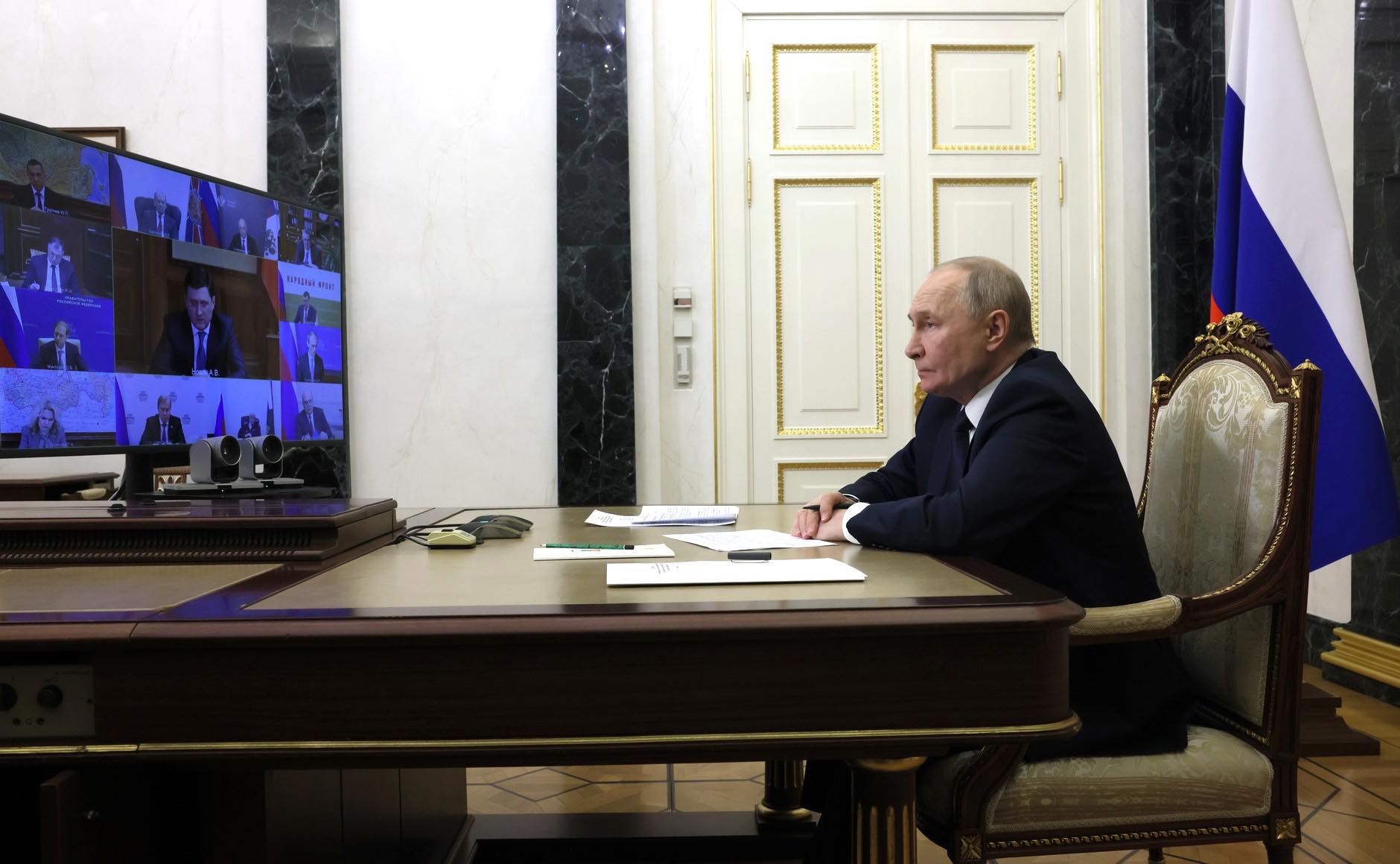


In his trenchant analysis, Baunov dissects the Russian memorandum delivered in Istanbul on 2 June—the first direct exchange between Russian and Ukrainian negotiators since the Istanbul talks of early 2022—and finds not good‑faith diplomacy, but a finely calibrated performance intended to flatter President Putin and curry favour with Donald Trump in Washington.
Baunov’s central contention is elegantly simple: the document circulated by Russian delegates was not designed for compromise, but for image. Its real addressees were not Kyiv, but Putin at home and Trump abroad. He argues that Russia devised three separate texts: one maximalist framework for a peace deal, two others presenting a cease‑fire offer—one impossibly restrictive, the other deceitfully conditional. These serve respectively to appease hardline audiences and construct the façade of moderation. Ukraine appears almost last in priority.
The first text demanded Ukraine’s full withdrawal from regions Russia claims as annexed—a demand framed as unrealistic from the outset. The second, a “package” linking prisoner exchanges and bodies to sweeping political concessions, Baunov describes as a diplomatic trap: if the first humanitarian steps are taken, they create momentum toward Ukraine’s capitulation. It is, in Baunov’s words, a clever mechanism to stall real diplomacy while preserving momentum for Moscow’s continued war-making. Russia thereby wins time—in diplomacy and on the battlefield.
For Baunov, the choice of Russian negotiators itself was signal: fronted by men of ideological rather than technical stature—Vladimir Medinsky among them—rather than seasoned diplomats. They delivered theatre, not negotiation, postponing political commitment to higher levels, possibly awaiting a presidential meeting with Trump that may never arrive.
The outcome in Istanbul was hardly surprising: an hour-long session yielding only the exchange of documents and superficial agreement on humanitarian steps. Baunov points out the striking inversion of normal diplomatic patterns: less time was spent by career negotiators than on calls between Trump and Putin—an inversion emphasising that the real talks are between presidents, not negotiators.
In Baunov’s judgement, Russia’s strategy had multiple targets beyond Ukraine. Internally, the memorandum allows Putin to claim he is seeking peace—“not at any price, but on Russian terms”—so pleasing both ordinary war-weary citizens and nationalist hardliners. Externally, the strategy aimed to either immobilise or entice Trump. Kremlin strategists, Baunov notes, would like Trump to view Putin not as an aggressor but as a partner whose peace offer must not be ignored—a perception that plays into Moscow’s broader strategy of fracturing Western unity.
Ukraine’s response, by contrast, Baunov describes as more coherent and less performative. Kyiv’s document omitted maximalist demands—such as restoration to 1991 borders—and was simpler in structure. It too sought to satisfy multiple audiences (domestic, European, Trump) but with a clarity lacking in Moscow’s triple-text labyrinth.
What can we learn from Baunov’s analysis as to the broader arc of this conflict? First: Russia is not serious about peace—at least not on terms Kyiv or its Western backers would accept. The point of the Istanbul exercise was to launch a spectacle that could be tailored to domestic and international audiences, while the war machine stayed in motion. Cease‑fire rhetoric was a means to an end, not an end in itself.
Second: Putin’s strategic calculus remains unchanged. As recently as June 2025, he issued declarations framing Russians and Ukrainians as one people and asserting Ukraine as de facto Russian territory—dismissive of Ukraine’s sovereignty or choice. Unsurprisingly, Russia’s demands include recognition of annexed territories, withdrawal of Ukrainian forces, firm commitment to neutrality, and formal abandonment of NATO ambitions.
Third: Russia’s goal is not to fast-track peace but to shape the agenda. Baunov reveals that Moscow intends to escalate gradually, first by conditioning a cease‑fire on political concessions, then by negotiating those concessions only in conversations with Washington rather than Kyiv. He notes that Putin hopes to shift the central dialogue onto global issues with Trump, relegating Ukraine to a subplot—precisely the diplomatic architecture Moscow finds most congenial.
Finally, Baunov reads in this strategy a belief that Ukraine’s internal instability or Western fatigue might eventually produce gains-for-Russia—if only the conflict can be spun long enough. Every humanitarian gesture or exchange is framed as progress, but progress defined on Russian terms, allowing the Kremlin to continue fighting as negotiations unfold.
Baunov’s NYT commentary is a study in disciplined scepticism. He sees Moscow’s diplomacy as a choreography not of compromise but of manipulation; not of resolution but of delay. There is no mistaking the message: Putin’s peace offer is as much a declaration of power as it is a proposal for peace.
Baunov exhorts Western policymakers to resist the allure of diplomatic theatre. To treat Russian documents sympathetically is to risk rewarding propaganda. If Washington or European capitals allow negotiations without preconditions to substitute for cease‑fire demands, they may unwittingly endorse the Kremlin’s timetable—a timetable designed not to stop the war, but to extend it under Russian terms.
In the shifting diplomacy of 2025, Baunov advises that one key test remains: whether negotiators are prepared to demand substance over symbolism; results over rhetoric; strategy over spectacle. For Moscow, peace is only valuable if it is Putin’s peace, shaped on his terms—and played for an international audience.
If Western leaders fall for the illusion, the war’s machinery will hum on—while the world watches a show that was never about ending the bloodshed at all.